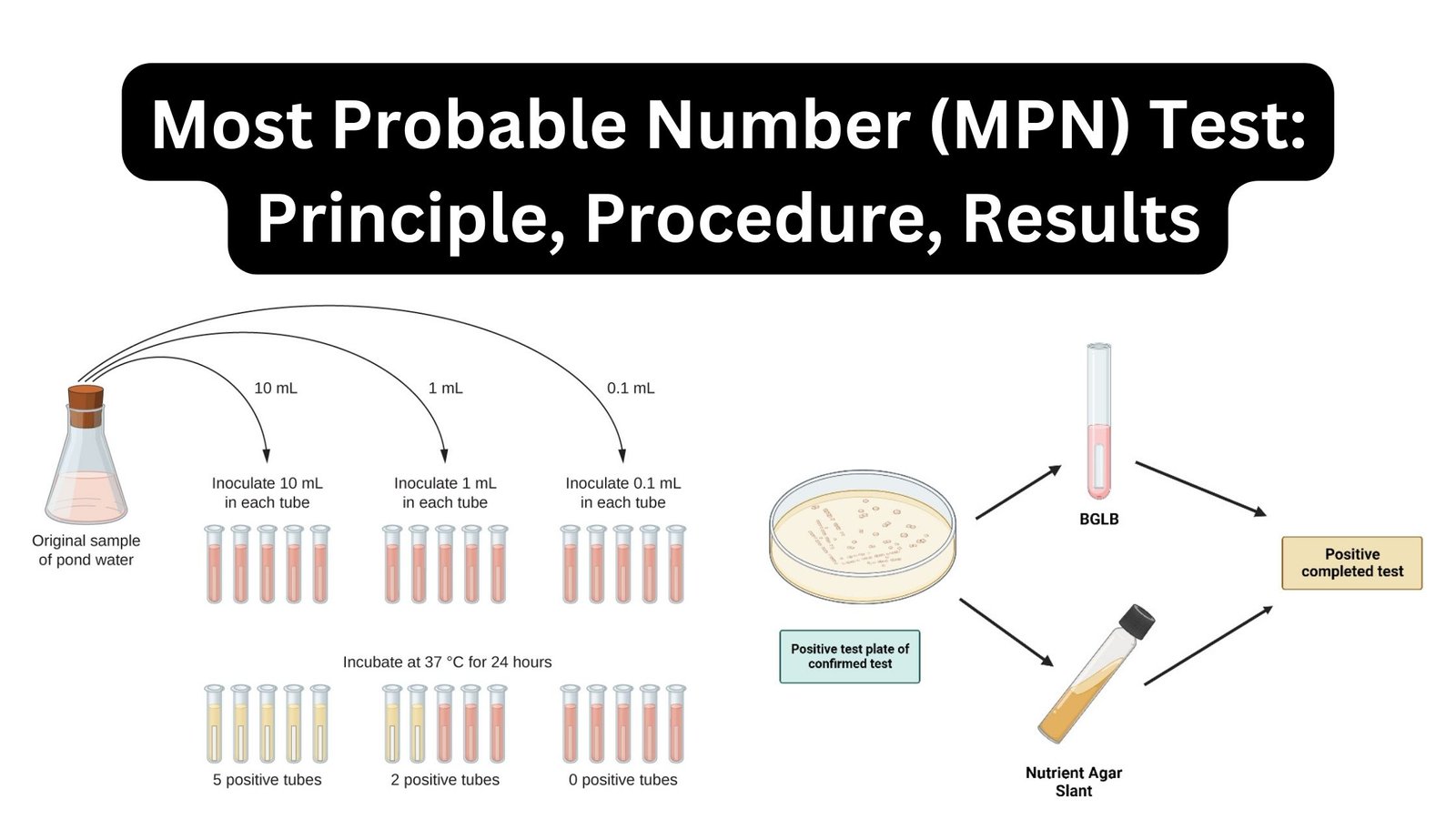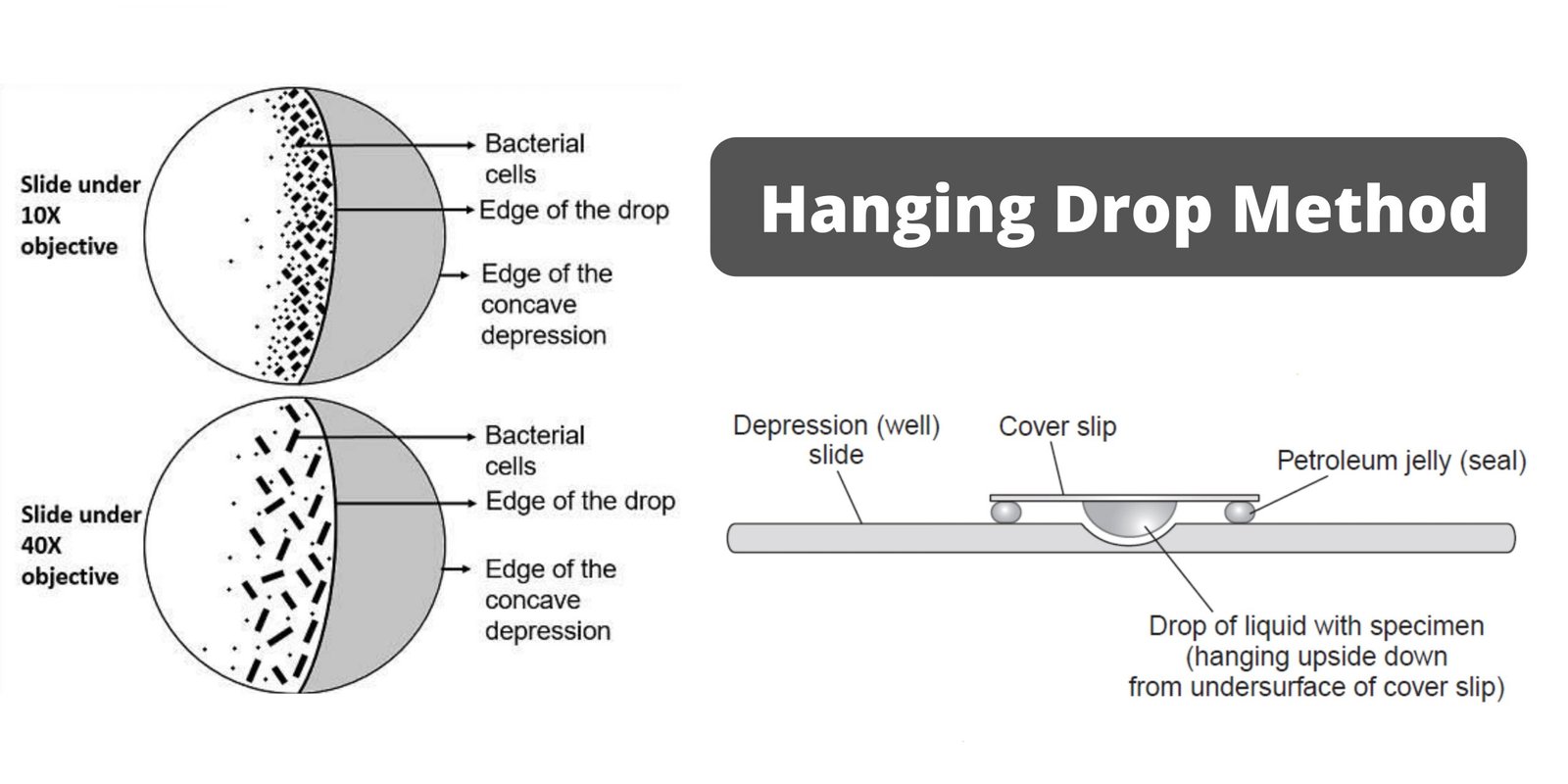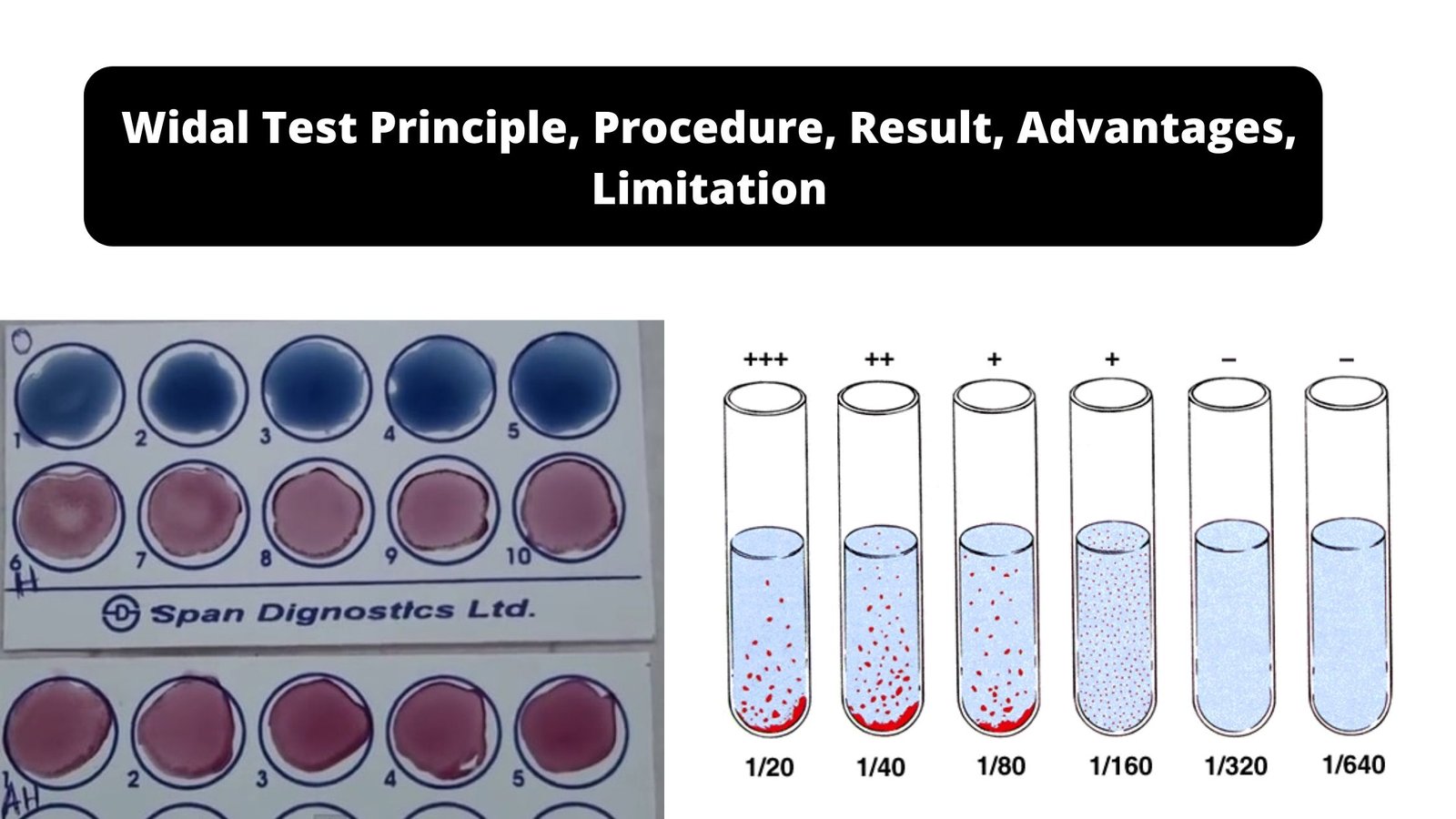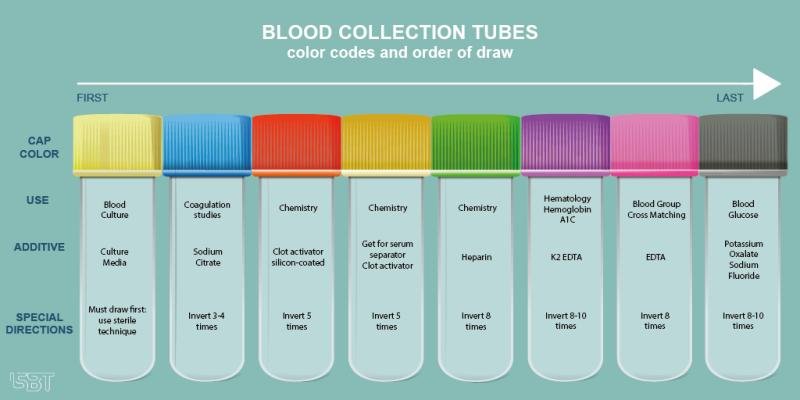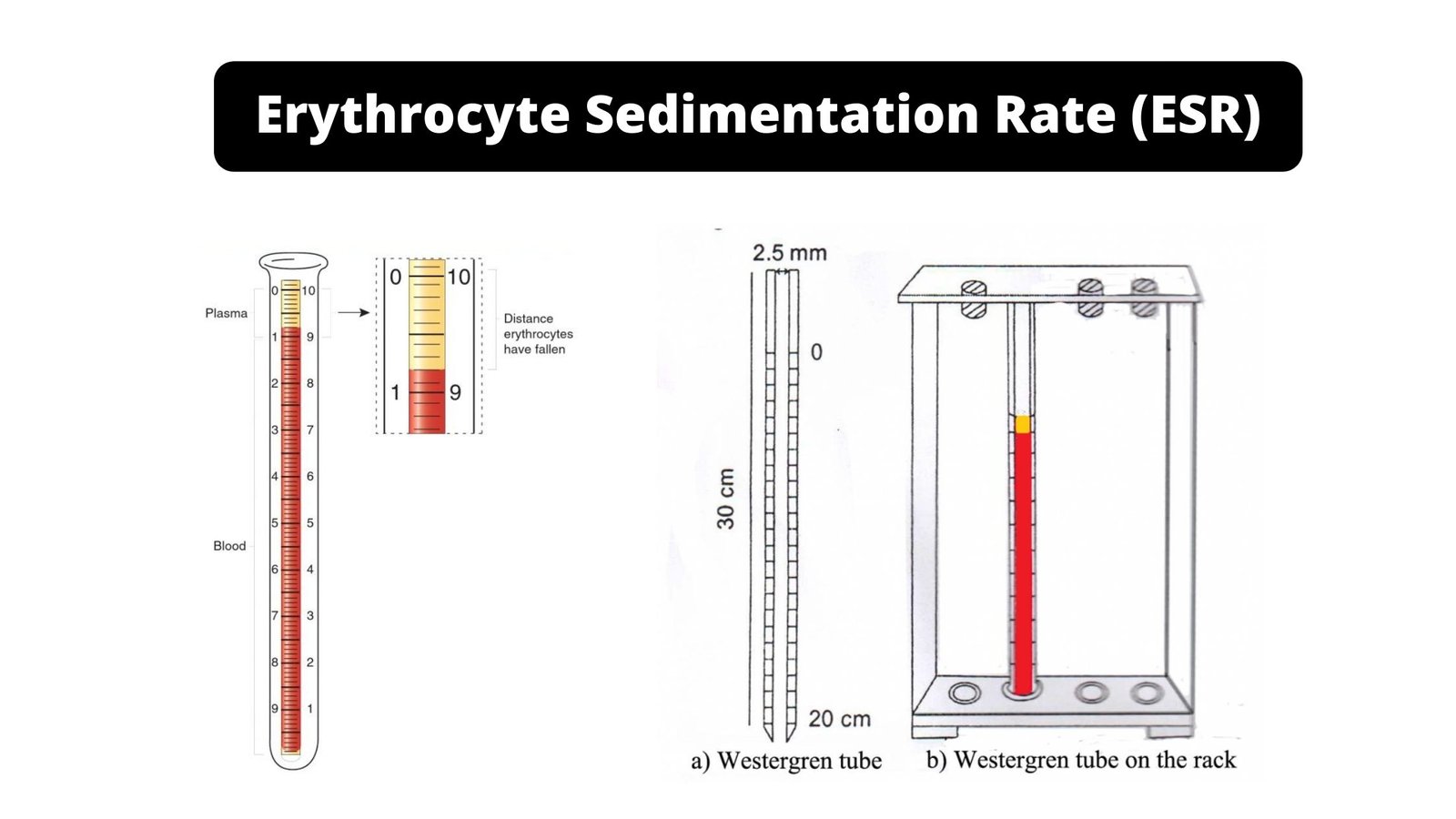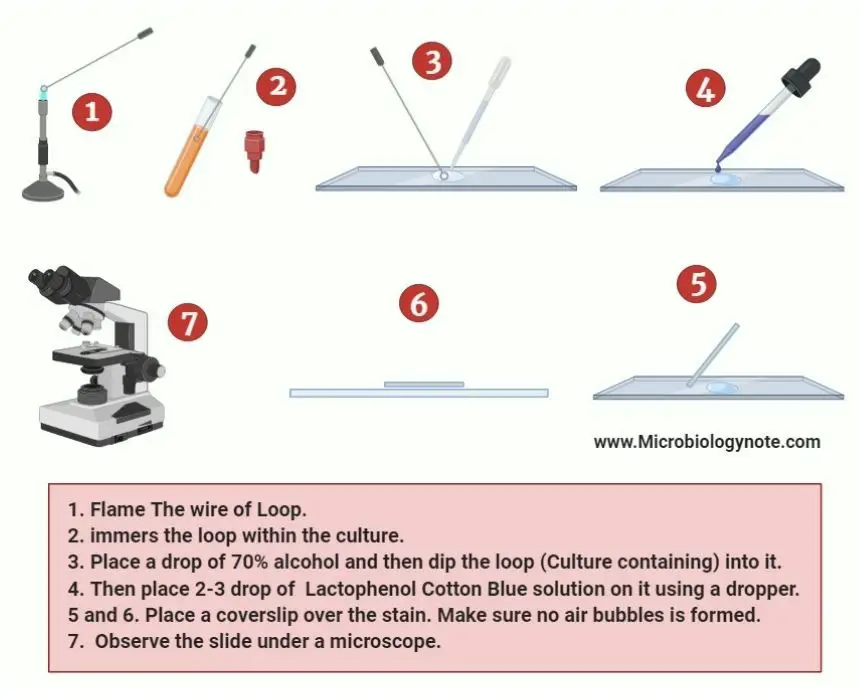Most Probable Number (MPN) Test – Principle, Procedure, Results
What is Most Probable Number (MPN) Test? Definition of Most Probable Number (MPN) Test The Most Probable Number (MPN) test is a statistical method used to estimate the concentration of microorganisms, particularly indicator organisms, in a sample by analyzing positive and negative reactions in a series of tests. It is commonly employed in water quality … Read more
